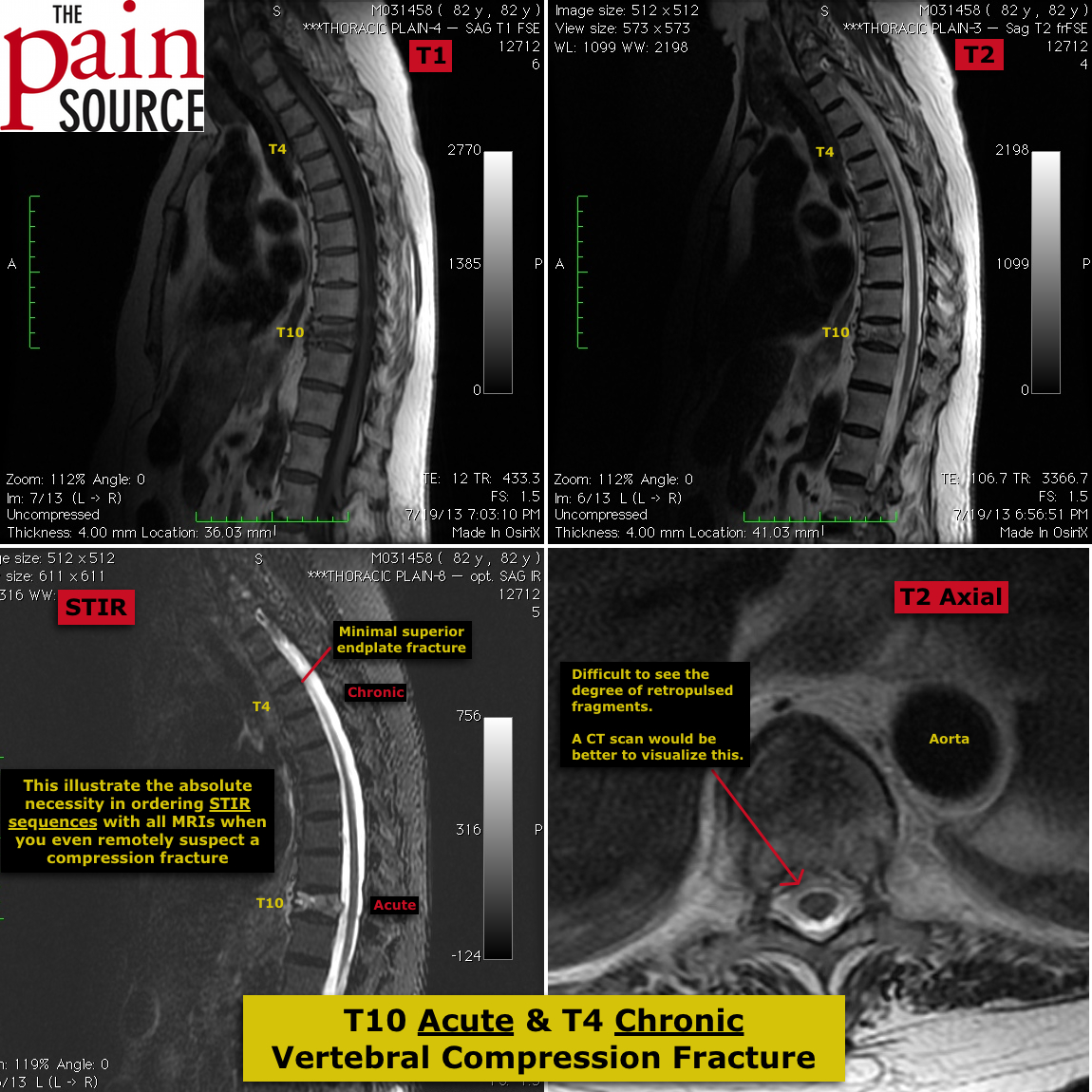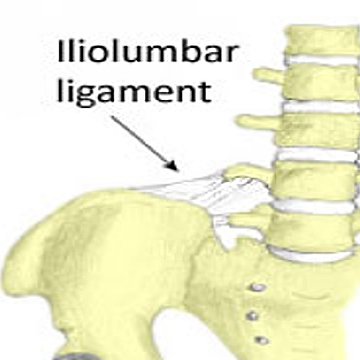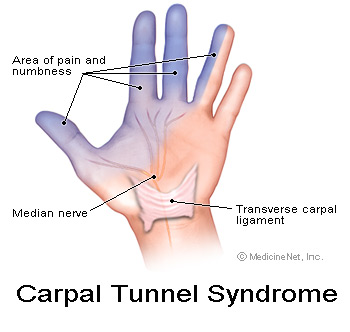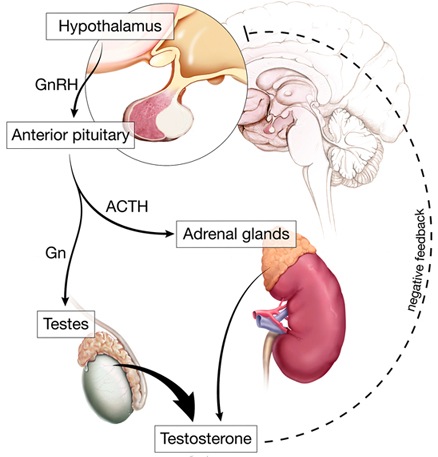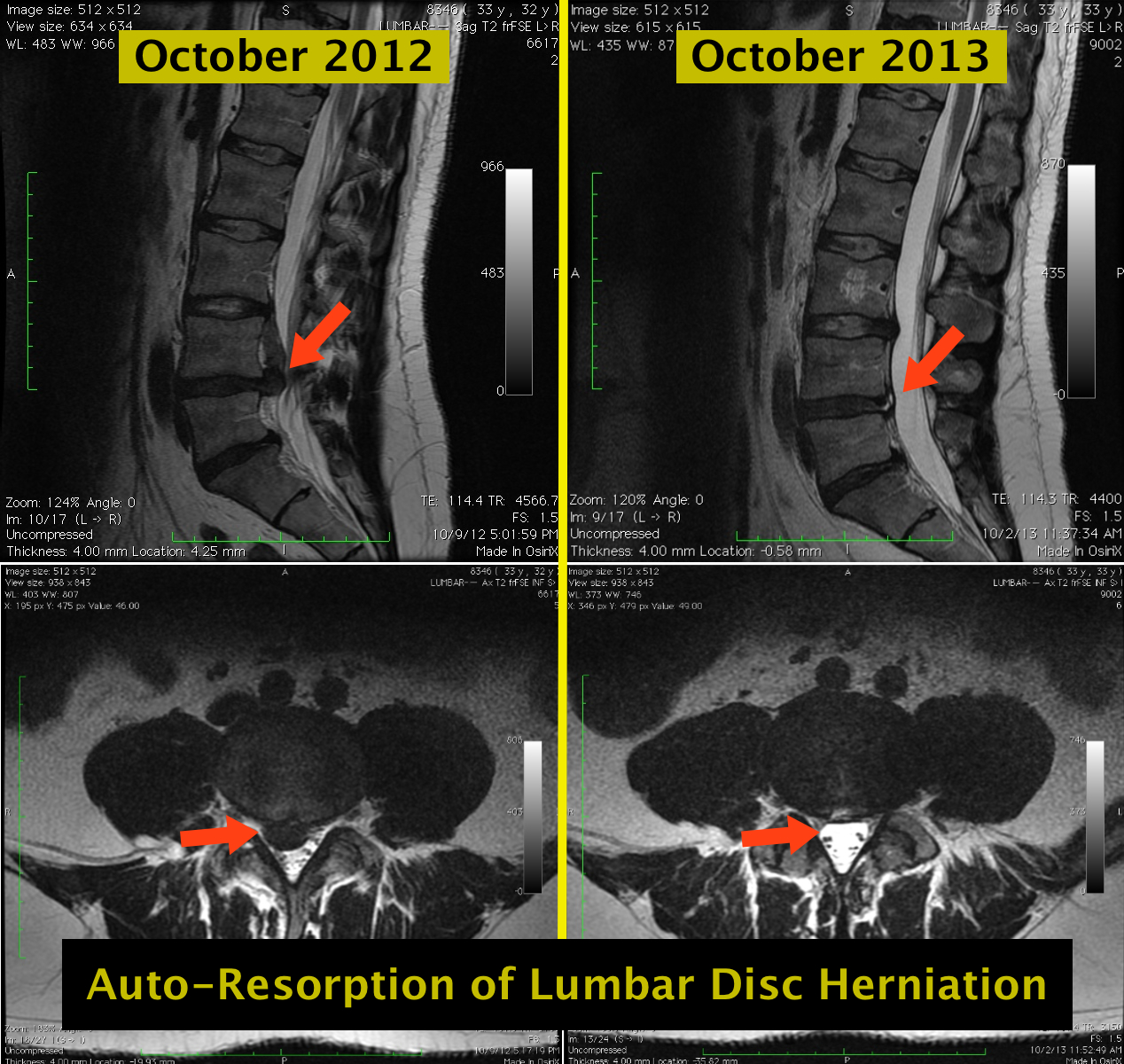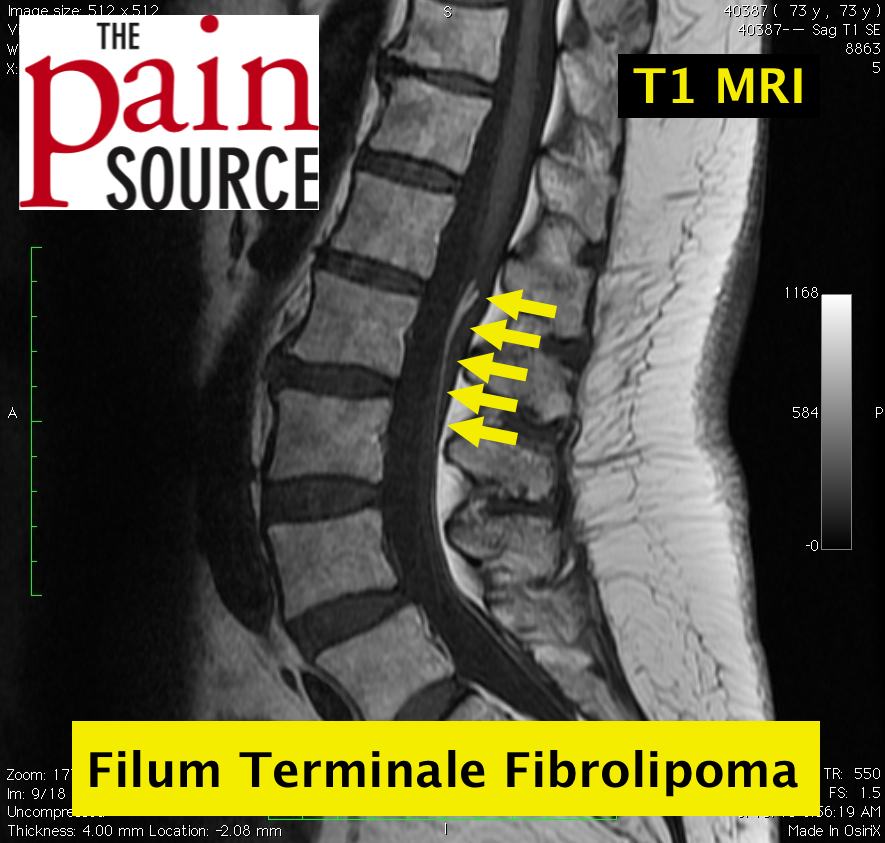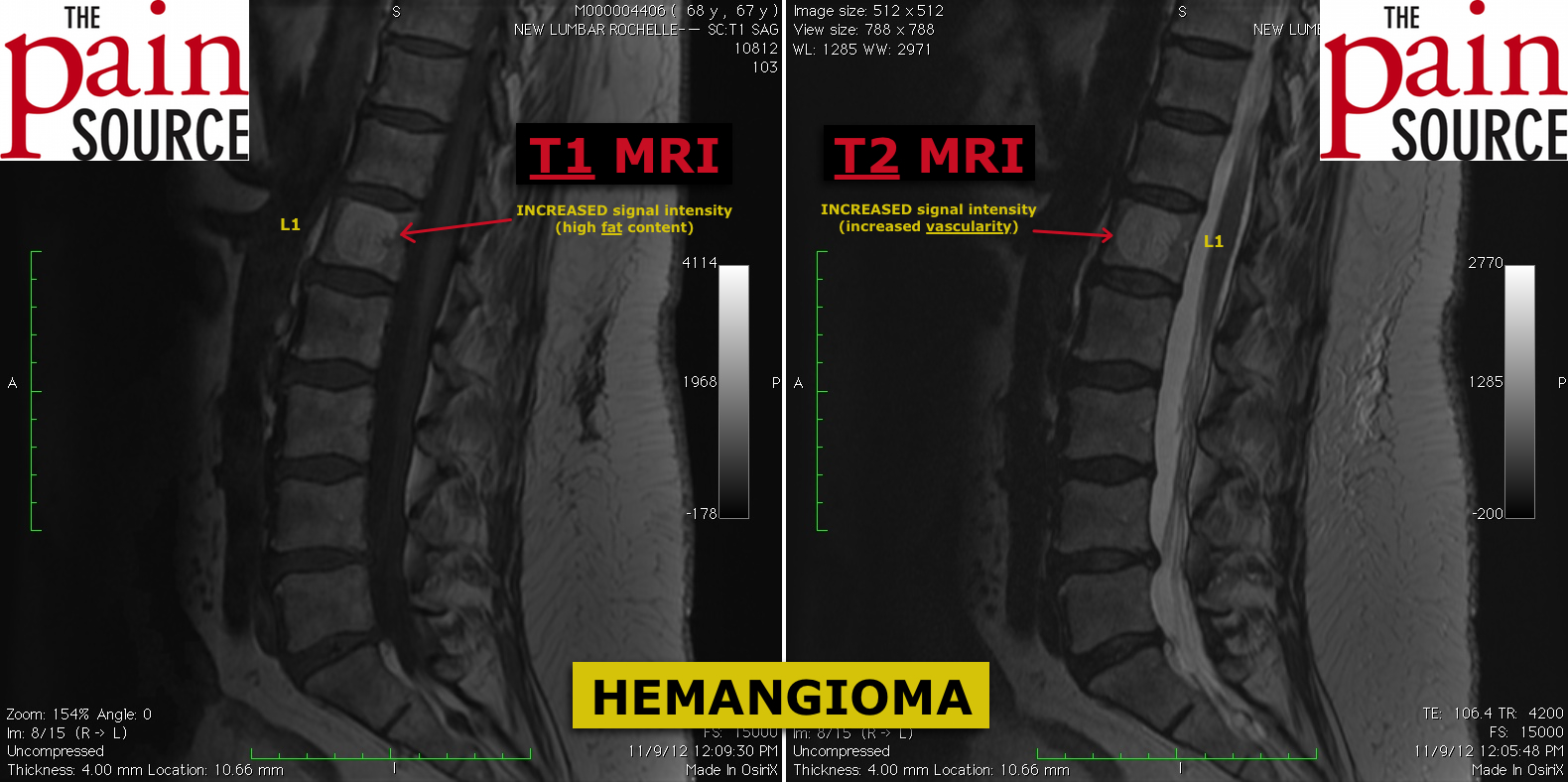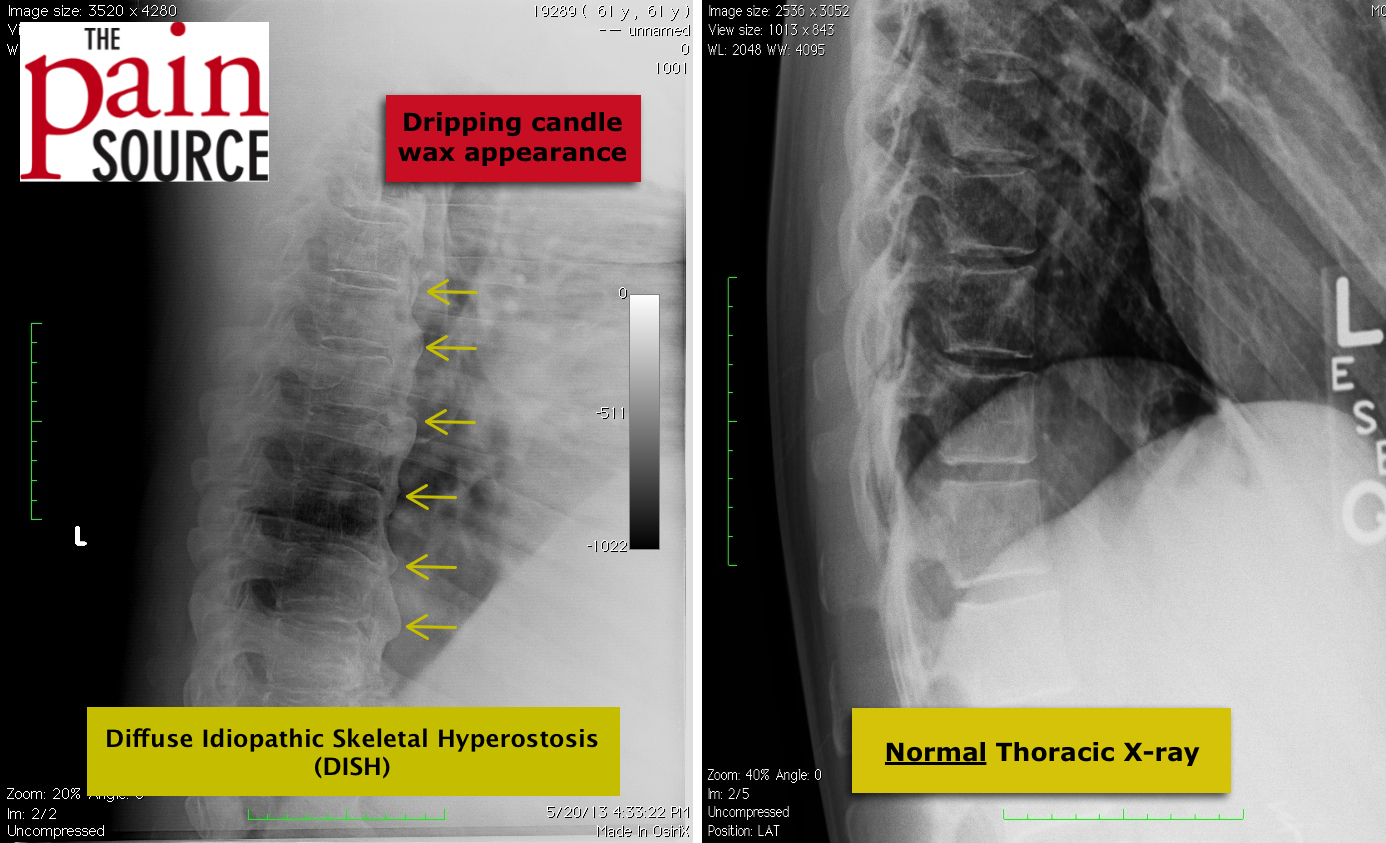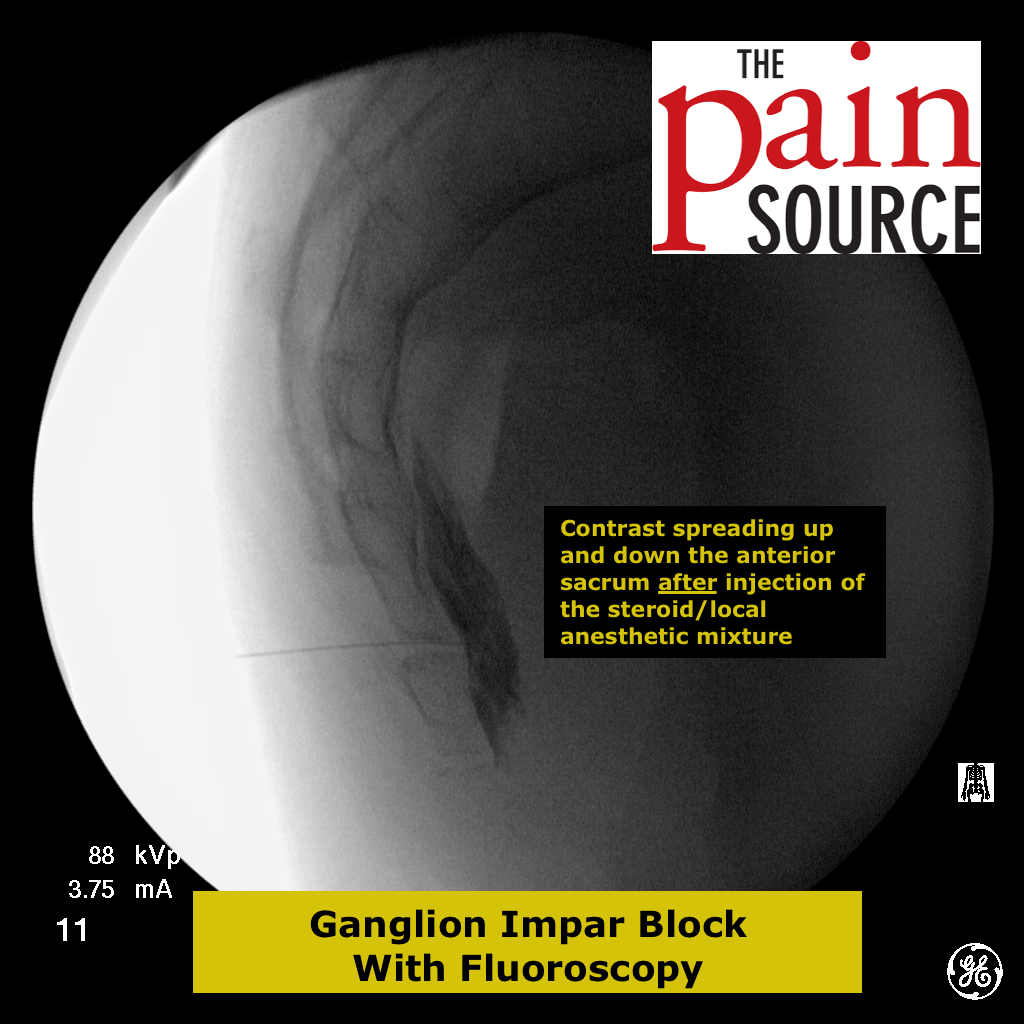By Chris Faubel, M.D. —
 The long-term use of opioid pain medications will eventually induce physiological changes that then cause withdrawal symptoms when those opioids are abruptly stopped.
The long-term use of opioid pain medications will eventually induce physiological changes that then cause withdrawal symptoms when those opioids are abruptly stopped.
This cessation of opiates can be secondary to the patient running out of their medication early, the patient voluntarily deciding to stop, or the pain physician refusing to continue opioid treatment because the patient violated the pain contract in some way. Regardless, the end-result is the same, severe withdrawal symptoms.
- Unlike benzodiazepine withdrawal (which can be fatal), opioid withdrawal symptoms make the patient feel like they are dying, but it is NOT deadly.
- Essentially the opposite of what patients experience when they are taking the opioid medications.
- List of usual symptoms: Nausea/vomiting, diaphoresis, anxiety, dysphoria, restlessness, chills, piloerection, tachycardia, hypertension, myalgias, diarrhea, abdominal cramping, insomnia, fatigue and more.
- These symptoms progressively worsen up to a typical peak of 3 days after the last opioid; but this varies depending on the type of opioid, amount of opioid, and how long the patient has been using or abusing the opioid.
- Withdrawal duration is typically 5-7 days; may be weeks for methadone use.
Treatment of Opioid Withdrawal
I will not go into the treatment of opioid addiction with methadone or Suboxone; that is for an Addictionologist to handle.
The aim at treating opioid withdrawal, is treating the symptoms.
Here is a list of the common signs/symptoms and treatment options:
Note: The below meds are typically only prescribed for 5-7 days.
1) Myalgias
- Acetaminophen (Tylenol): 500mg PO every 4 hours; 3-4 gram max/day
- Naproxen (Aleve, Naprosyn): 220mg two pills PO twice a day (over-the-counter), or, 500mg PO q12 hours (prescription Naprosyn)
- Tizanidine (Zanaflex): 4mg PO TID
- Loperamide (Imodium): 4-mg x 1, then 2-mg PO after each loose stool; max of 16-mg/day — this is an opioid receptor agonist in the GI tract –> inhibits peristalsis and increases anal sphincter tone
- Promethazine (Phenergan): 12.5 to 25mg PO every 4 hours as needed
- Ondansetron (Zofran): 4mg PO TID prn; even with the generic, it’s still very expensive
- Hydroxyzine (Vistaril): 50-100mg PO every 6 hours prn
- Clonazepam (Klonopin): 1-mg PO TID
- Trazodone (Desyrel): 50-100mg PO qHS prn
- Tizanidine (Zanaflex): 4mg tablets PO 2-4 qHS prn; Can also take another 4mg pill in the morning and midday to help with muscle spasms/pains.
- Clonidine: 0.1-0.2 mg PO TID; patient must monitor their BP and hold a dose if <90/60; warn patient of postural hypotension



